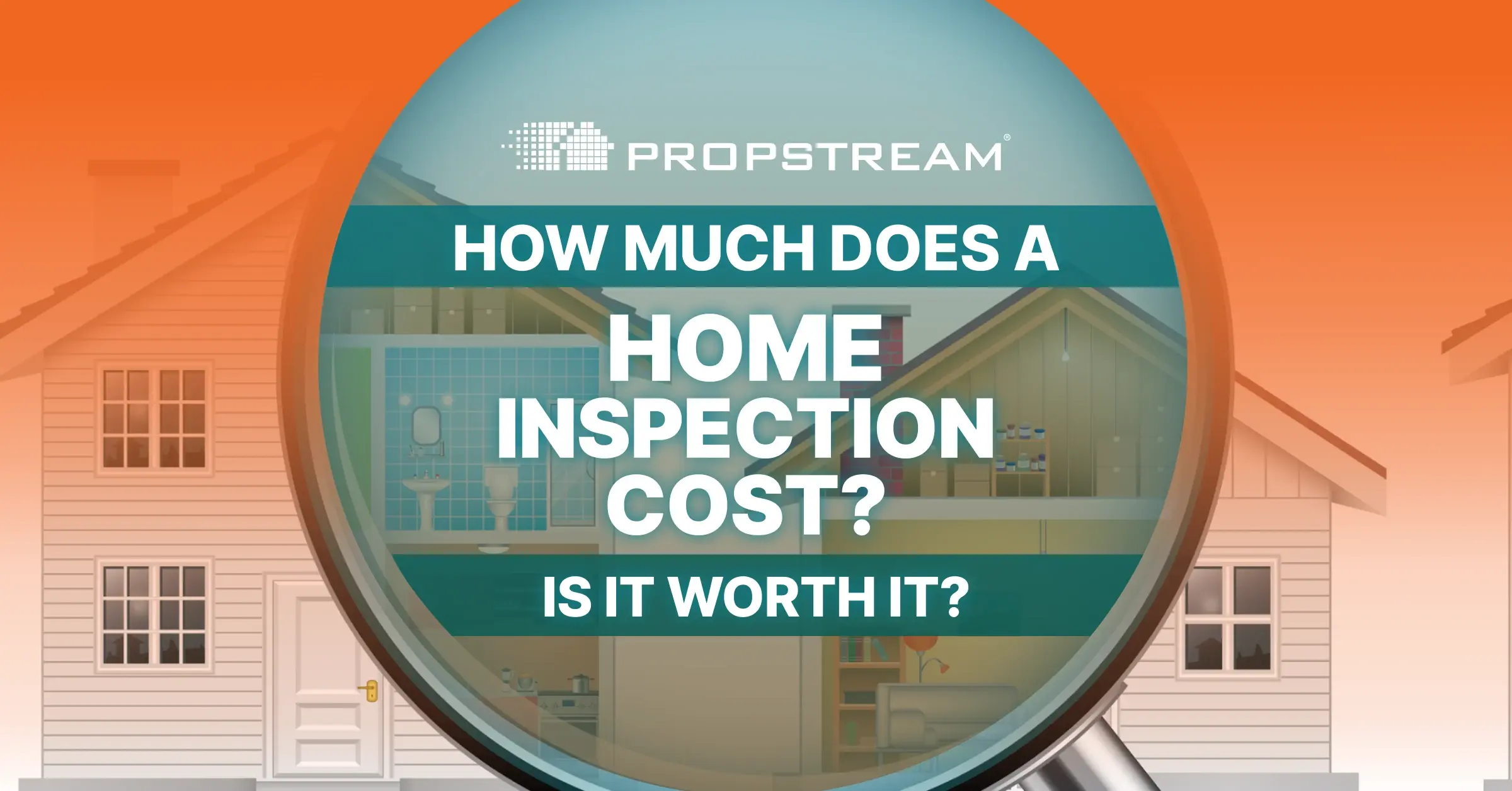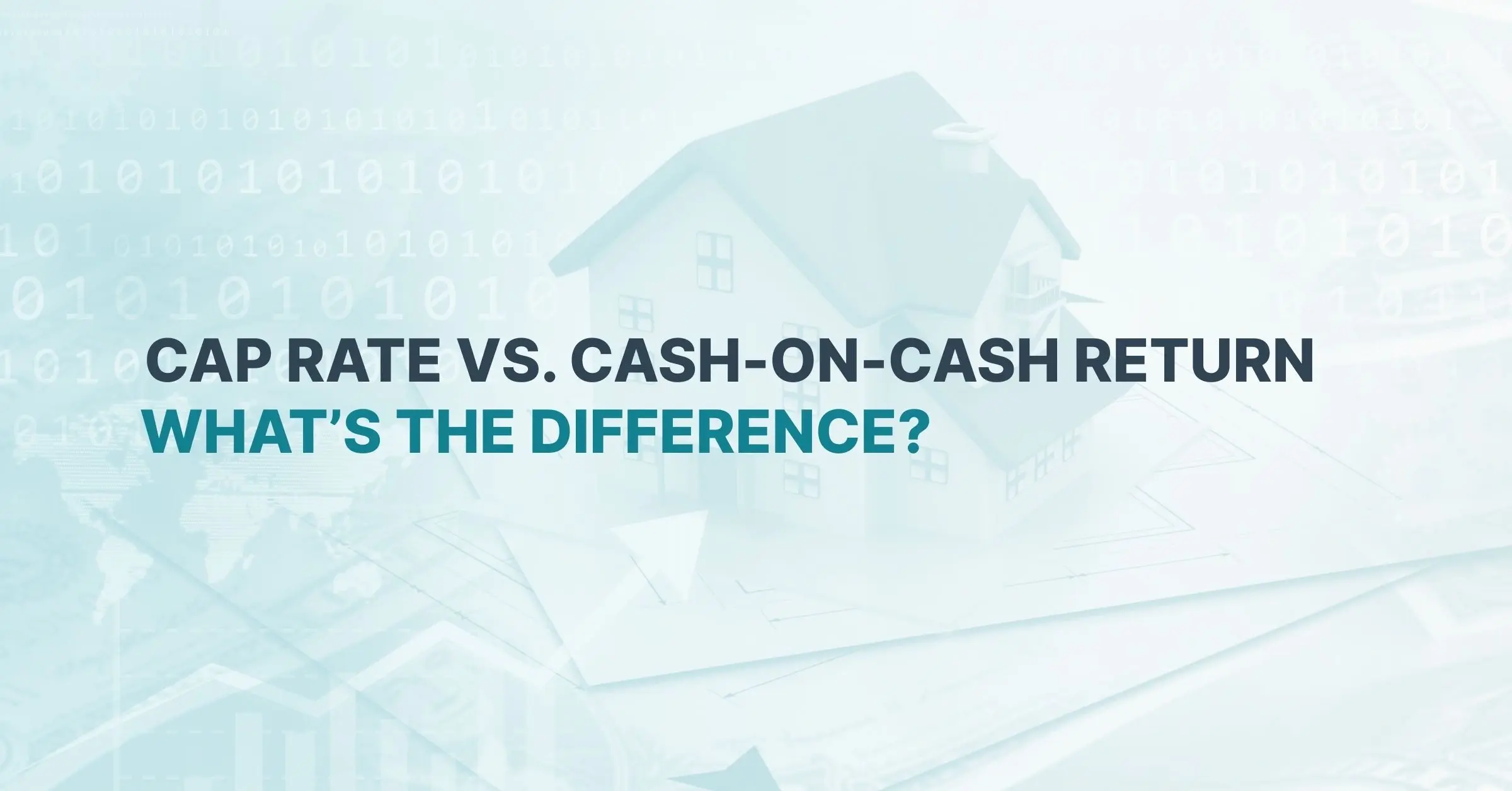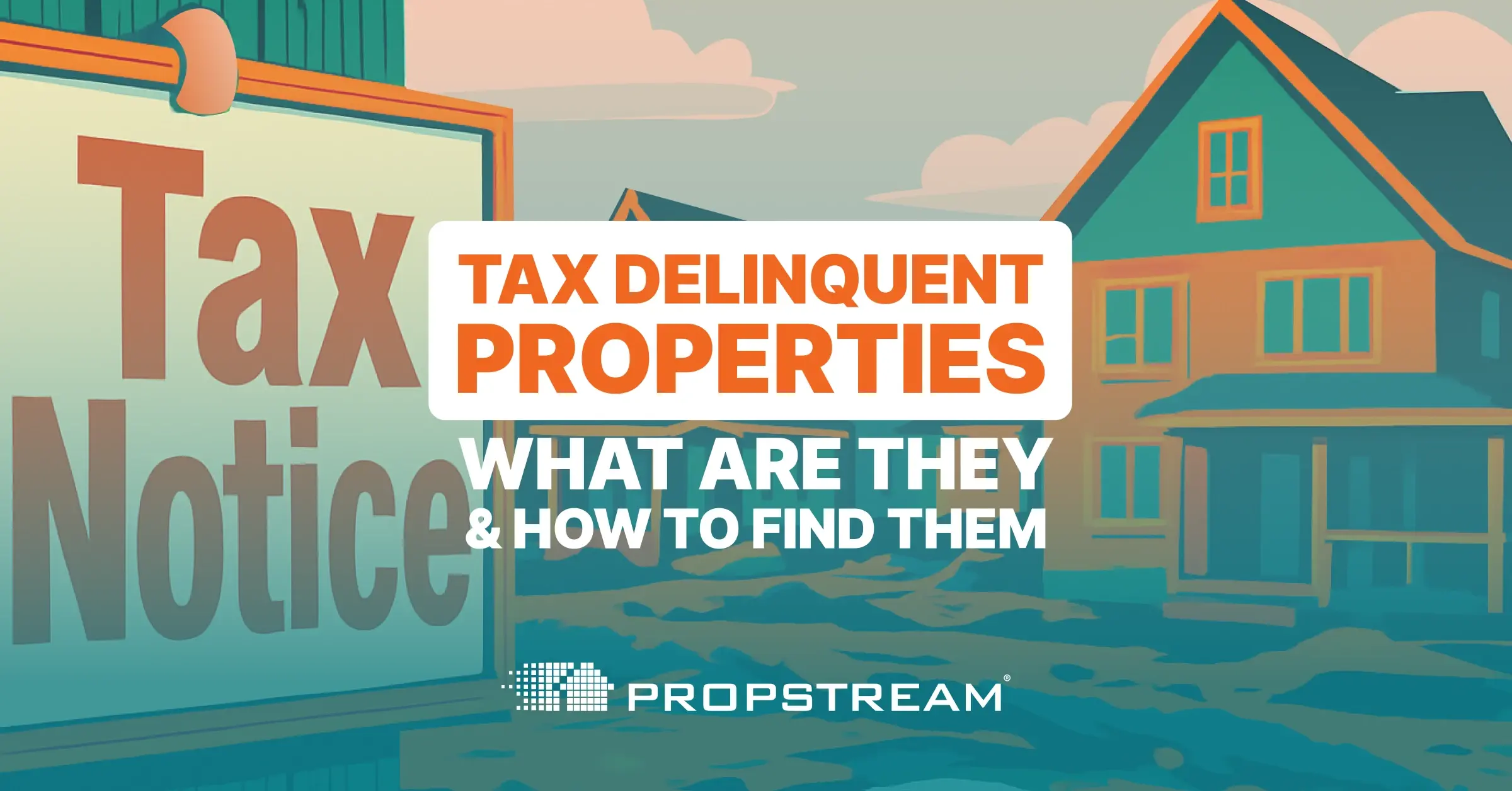Real estate investing is a lucrative and exciting opportunity for the average investor looking to generate new pockets of income. Whether you're long-term or short-term oriented, there are effective strategies you can use. The key is to learn how to recognize when an amazing deal fits with your goals and objectives. After all, real estate investing can be fun, exciting, and more addictive than coffee and chocolate truffles.
There are three major real estate investing strategies worth considering: Wholesaling, fix & flipping, or buying & holding. All three approaches have their benefits, but which is best for you depends on your situation and overall skill set. Let's consider the pros and cons of each, as well as common reasons why people consider using these strategies.
The Wholesale Strategy
Wholesaling is contracting a property under market value (usually due to distress), with the goal of finding a buyer/investor to assign the contract to for a greater price — keeping the profit. These properties are distressed due to certain issues in the design, neighborhood, owner's financial situation, or overall condition. There is no intent to renovate the property, and there are no costs to carry.
The wholesale strategy is the simplest and least risky form of property investment. It is also the quickest way to turn a profit if done correctly. (Low Risk - Low Reward)
The Fix & Flip Strategy
A fix & flip strategy is a short-term approach to gaining immediate profits from a real estate investment. It usually involves purchasing a house, apartment, or other fixer-uppers below the current market value. Similar to Wholesaling, these properties are under financial distress.
The flipping strategy requires you to identify these opportunities, envision the possibility, and purchase them at prices geared toward a quick ROI. You then have the choice to either keep the property for yourself or sell for a profit. This can, of course, pay big dividends in the short term.
However, there are risks to consider, given the degree of work and resources that may be needed to flip the property on a quick timetable. Bad weather and theft are common obstacles that can derail a rehab, along with tighter government regulations on flipping in a post-2008 housing market. In addition, a struggling market, along with the costly fees, taxes, or other unforeseen expenses that can quickly add up, can make landing the right flip difficult. (Higher Risk - Higher Reward)
The Buying & Holding Strategy
The buy & hold strategy is quite simple. You buy, hold, and let the value mature like a fine wine or a well-aged cigar. Don’t cave to temptation as it continues to build value over a long period of time. Like “The Old Man and the Sea," stick to your plan through thick and thin. You must be willing to ride out some rough patches, knowing that there will always be downturns in property value, followed by massive rebounds.
This is a great strategy for amassing wealth. For ages, it has worked for “old money” investors. However, there are serious risks that should always be considered in order to avoid going underwater. Real estate ownership is a management-intensive position that requires not only the capability of analyzing risk and opportunities, but also skills in managing the property and being a landlord or utilizing property management companies that then eat at your profits. To ensure regular cash flow, you have to maintain the property, as well as attract and keep quality tenants.
Before getting into a buy & hold strategy, it's important to use what is called a cap rate, which measures yearly expenses with potential profit in order to determine if the investment pays off in the end. Beyond that, you'll want to explore a number of questions about zoning, land and topography, tax obligations, and more to ensure that you're making a sound long-term investment. (Medium Risk - Long Term Reward)
Invest With Confidence
In the end, whichever strategy you choose depends on your willingness to take the risk and invest in a piece of real estate. No one said that real estate is a risk-free game. The good news is, there are plenty of great tools out there for analyzing the market and planning your investments well. Whether you're in for the long haul or a quick flip, PropStream® has you covered with the data and technology you need to get the job done.



